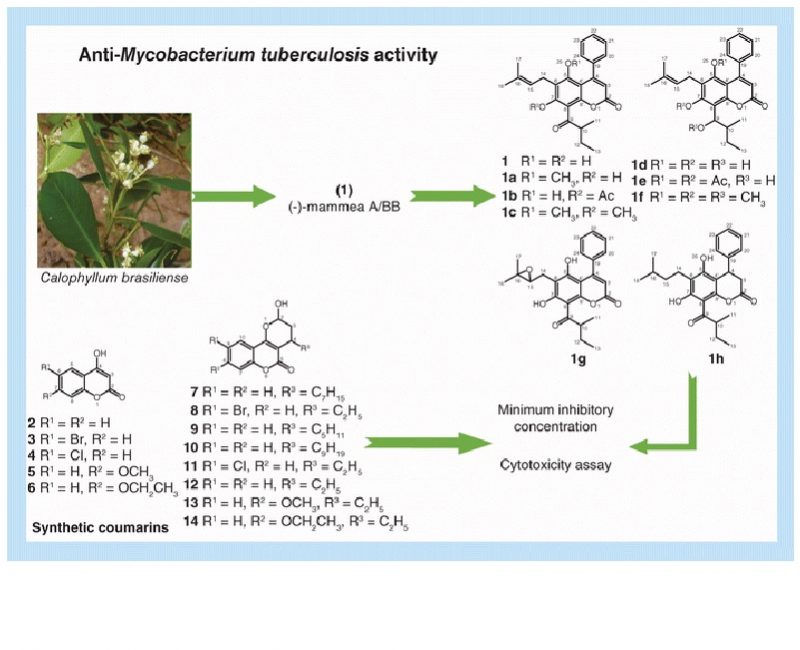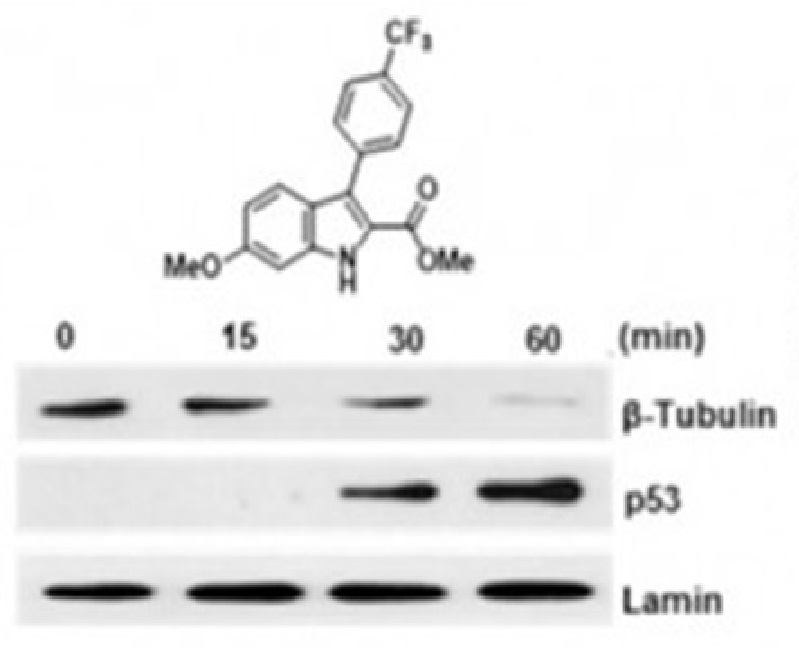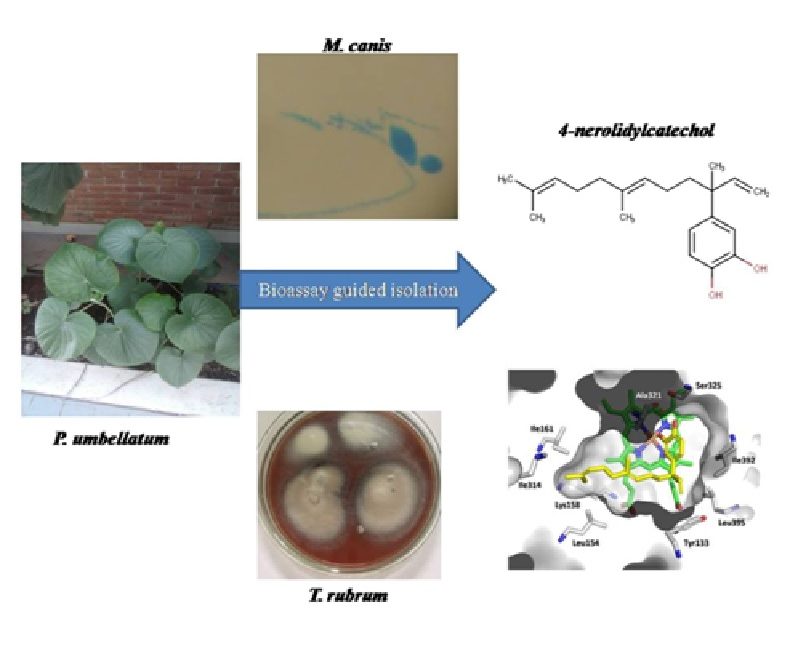Authors:
Fernandes, Rafaela S. [1] ; Freire, Marjorie C. L. C. [1] ; Bueno, V, Renata ; Godoy, Andre S. [2] ; Gil, Laura H. V. G. [3] ; Oliva, Glaucius [2]
Abstract:
Single-stranded positive RNA ((+) ssRNA) viruses include several important human pathogens. Some members are responsible for large outbreaks, such as Zika virus, West Nile virus, SARS-CoV, and SARS-CoV-2, while others are endemic, causing an enormous global health burden. Since vaccines or specific treatments are not available for most viral infections, the discovery of direct-acting antivirals (DAA) is an urgent need. Still, the low-throughput nature of and biosafety concerns related to traditional antiviral assays hinders the discovery of new inhibitors. With the advances of reverse genetics, reporter replicon systems have become an alternative tool for the screening of DAAs. Herein, we review decades of the use of (+) ssRNA viruses replicon systems for the discovery of antiviral agents. We summarize different strategies used to develop those systems, as well as highlight some of the most promising inhibitors identified by the method. Despite the genetic alterations introduced, reporter replicons have been shown to be reliable systems for screening and identification of viral replication inhibitors and, therefore, an important tool for the discovery of new DAAs.
1 Physics Institute of São Carlos, University of São Paulo, São Carlos 13566-590, SP, Brazil
2 Instituto Aggeu Magalhães, IAM-FIOCRUZ, Recife 50670-420, PE, Brazil
Link to article: https://www.mdpi.com/1999-4915/12/6/598







